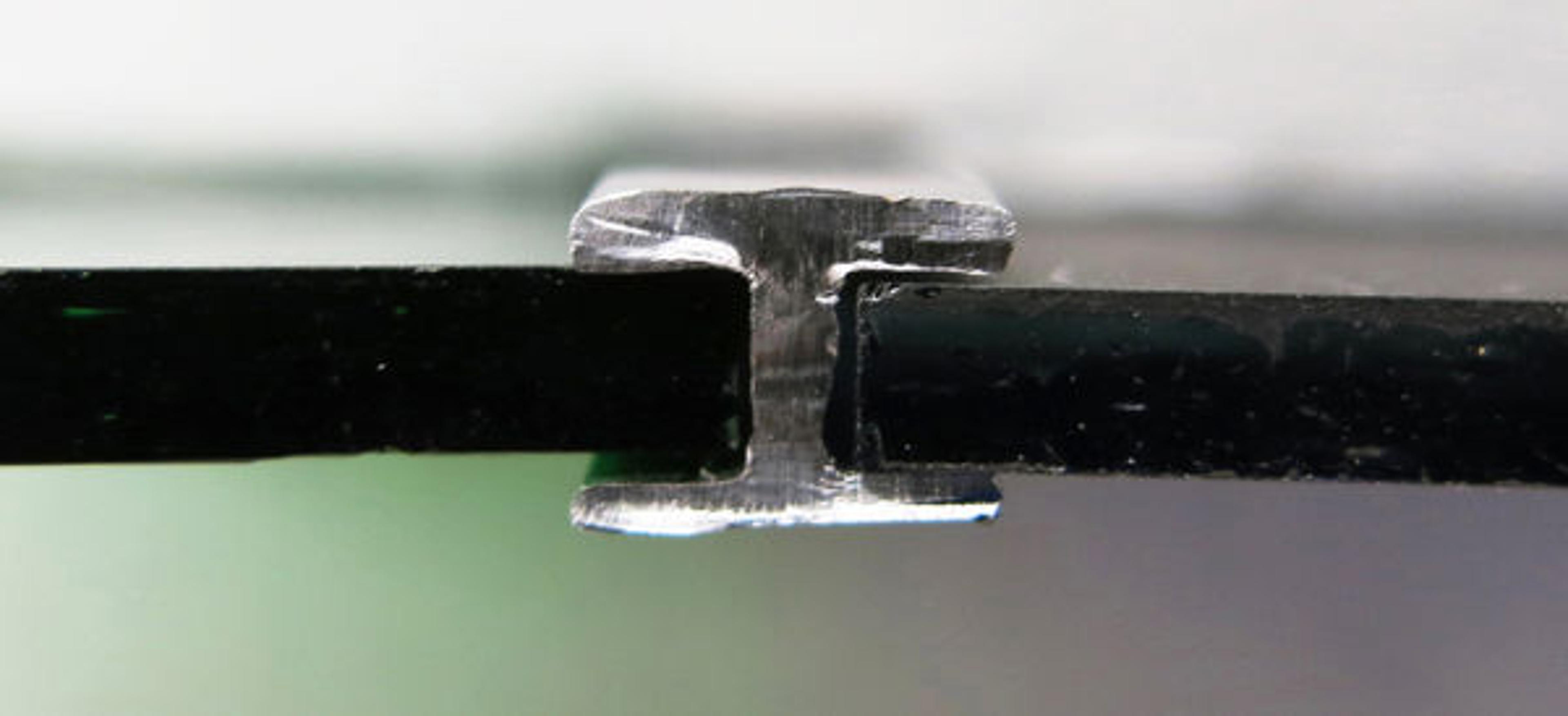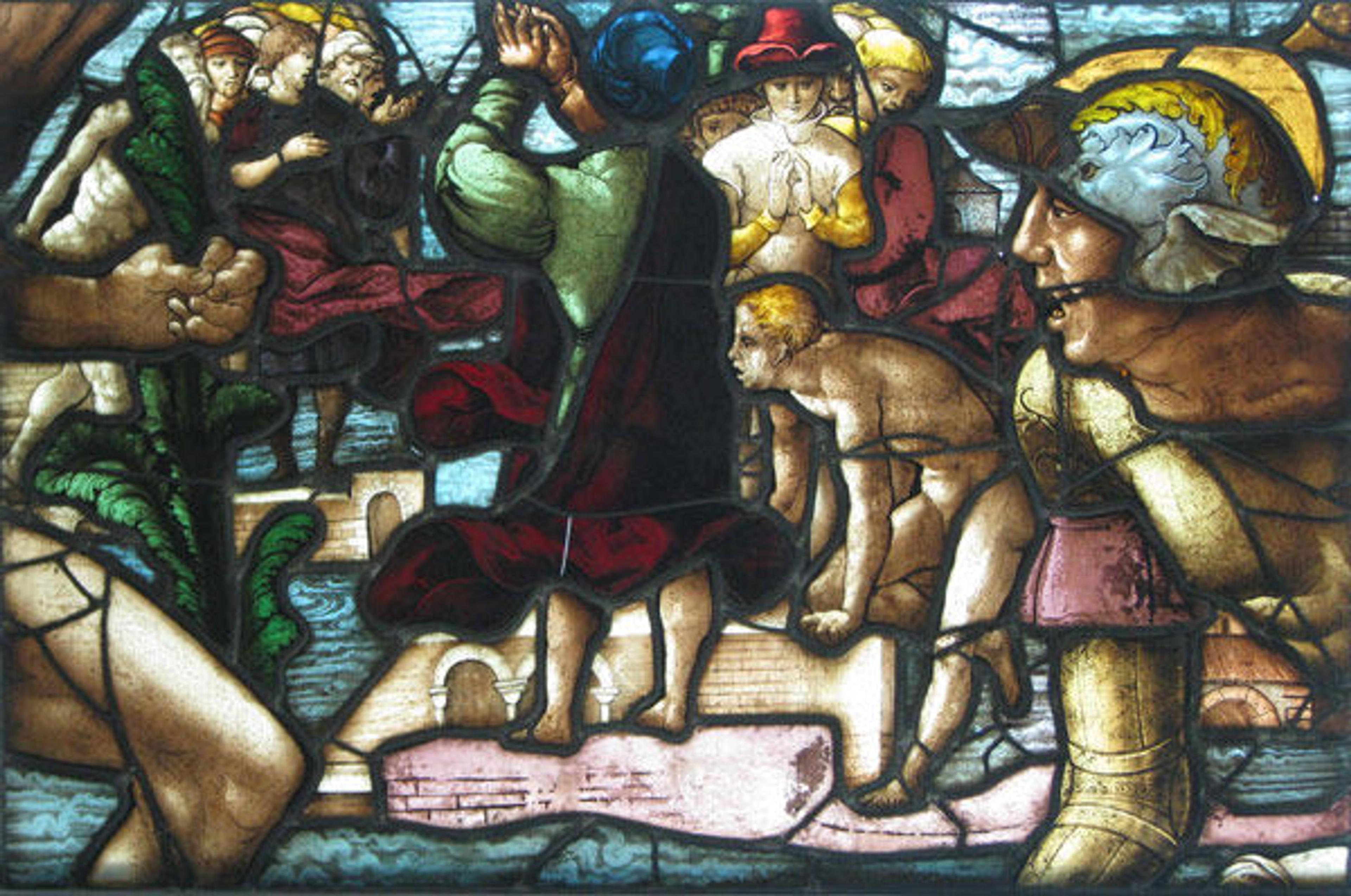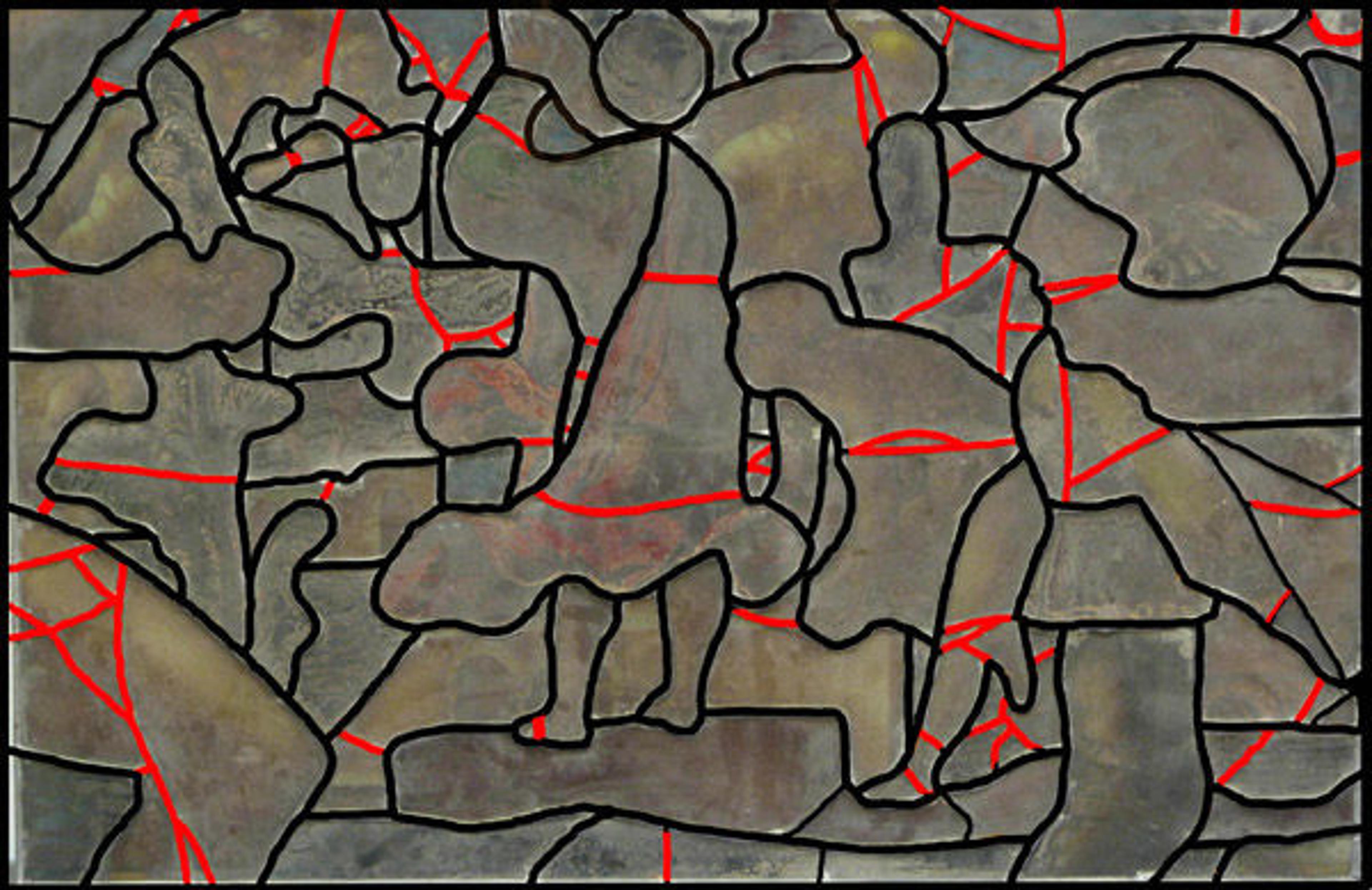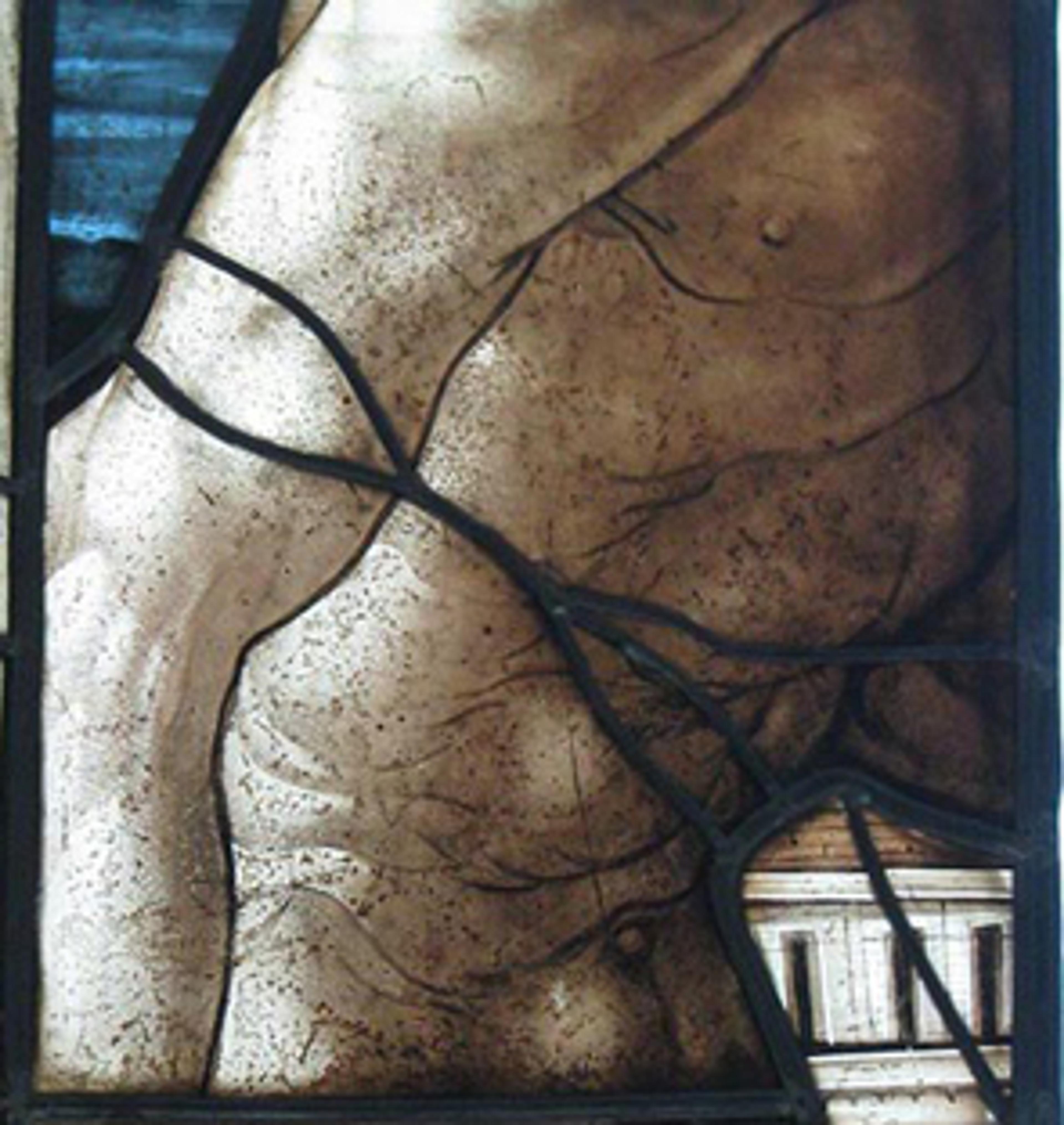Returning Clarity and Renewing Vibrancy: Treating Valentin Bousch's The Deluge

Left: Valentin Bousch (French, active 1514–41, died 1541). The Deluge (before treatment), 1531. Glass, painted and stained; Overall: H. 142 1/4 x W. 67 in. (361.3 x 170.2 cm). The Metropolitan Museum of Art, New York, Purchase, Joseph Pulitzer Bequest, 1917 (17.40.2a–r). Right: The Deluge, after treatment. Image courtesy of the authors
«We recently completed the conservation of a stained-glass window by French artist Valentin Bousch (1514–1541), who is considered to be one of the most important and innovative artists working in stained glass in the early sixteenth century. Bousch is widely known for his painterly style and virtuoso skill as a glass cutter. The goal of our treatment was to remove the numerous disfiguring lead repairs that detracted from the artist's original aesthetic. »
The window, depicting the Biblical Deluge, is installed in a gallery devoted to French Church Decoration, along with a second window depicting Moses Presenting the Tablets of Law and four medallions also by Bousch—all of which are originally from the priory church at Flavigny-sur-Moselle in northern France. The Museum acquired the windows in 1917.
Stained-glass windows are made of pieces of colored glass, cut to fit together within a lead matrix. The glass itself is decorated with glass paint—finely ground glass colored with metal oxide—that is fired in a kiln to permanently affix it to the glass. The lead, known as came, resembles the letter "H" when viewed in cross section. The glass is inserted into the channel on either side of the lead came. In a stained-glass window, the lead came not only provides the framework within which the cut pieces of glass are assembled, but also the dark lines produced by the lead network are integral to the artist's design.

A cross section of lead came and glass. Image courtesy of the authors
Lead came was also used to repair broken glass. Every time a piece of glass broke, the restorer would simply insert another strip of lead; over time, these repairs would accumulate. In establishing our treatment approach, we took into consideration that each repair added a visible line to the window that was not part of the original design. We viewed the large number of lead repairs in this window as potentially confusing to the viewer, and knew that this was not how the artist had intended the window to appear.


Top: A panel with numerous lead repairs, before treatment. Bottom: Diagram of the panel showing the original lead in black and the repair lead in red. Images courtesy of the authors
Removing the repair leads from this work was also important because of the artist's emphasis on reducing the overall appearance of lead lines in general. Bousch was an incredibly skilled glass cutter, able to craft irregular curves and deep indentations into a single piece of glass. This allowed him to strategically place lead so that the dark lines would recede, thus lending more focus to the painting.

However, the irregular shapes created by Bousch—often made with deep, concave cuts—left the glass vulnerable to breakage. We noted that many of the breaks had occurred in these locations, and, in these cases, the glass was later repaired using lead came.
Left: Repair lead across the torso of a foreground figure, a location where Bousch made a deep, concave cut into the glass. Image courtesy of the authors
When a piece of broken glass was repaired with lead came, the restorer often removed a small amount of glass along the break edge in order to make room for the addition of the lead came. This was done so that the size of the overall piece of glass didn't change once the lead was inserted and the glass still fit into its original position. Had the edge of the glass not been trimmed, the entire window would have grown in small increments each time a repair lead was added. With the numerous repairs in this window, you can imagine that the glass pieces would no longer fit snugly together within the lead matrix, and the shape and size of the window would be dramatically altered.
We began the treatment by dismantling the window. Once we determined that the glass paint was in very good condition, we cleaned each panel by gently swabbing the surface with water mixed with a small amount of ethanol. In order to access the repair leads, we had to remove individual pieces of glass from the lead matrix. Once we removed a repair lead from a piece of glass, a narrow channel became visible where the glass had been cut away, and the break edges of the piece no longer joined.

Left: A network of lead repairs in the panel depicting the ark is visible in this reflected-light image. Right: The same piece of glass, which we removed from the panel in order to take out the repair lead, shown in transmitted light. Note the gaps where the original glass was removed to make room for the repair lead. Images courtesy of the authors
In order to compensate for this loss of original material, we filled the spaces with a clear epoxy resin designed for use with glass, which we dyed to match the color of the original glass. In a final step, we painted the surface of the epoxy to match the original glass painting.


Top: The panel depicting the ark before treatment. Bottom: The panel depicting the ark after treatment. We removed repair leads throughout the panel, including those in the ark, dove, and surrounding water. Images courtesy of the authors
The conservation treatment of the window was not only successful in returning clarity to the original design, but also in renewing the vibrancy of the window. We hope you can more easily recognize the artist's use of composition and line without interference from previous repairs.
Moses Presenting the Tablets of Law is slated to undergo conservation in the near future, and we look forward to investigating further some of the interesting observations on Bousch's technique that came up during the treatment of The Deluge. In the meantime, we invite you to come view both of the windows in gallery 502 and compare for yourself!
Drew Anderson
Drew Anderson is a conservator in the Department of Objects Conservation.
Janis Mandrus
Janis Mandrus is an associate conservator in the Department of Objects Conservation.